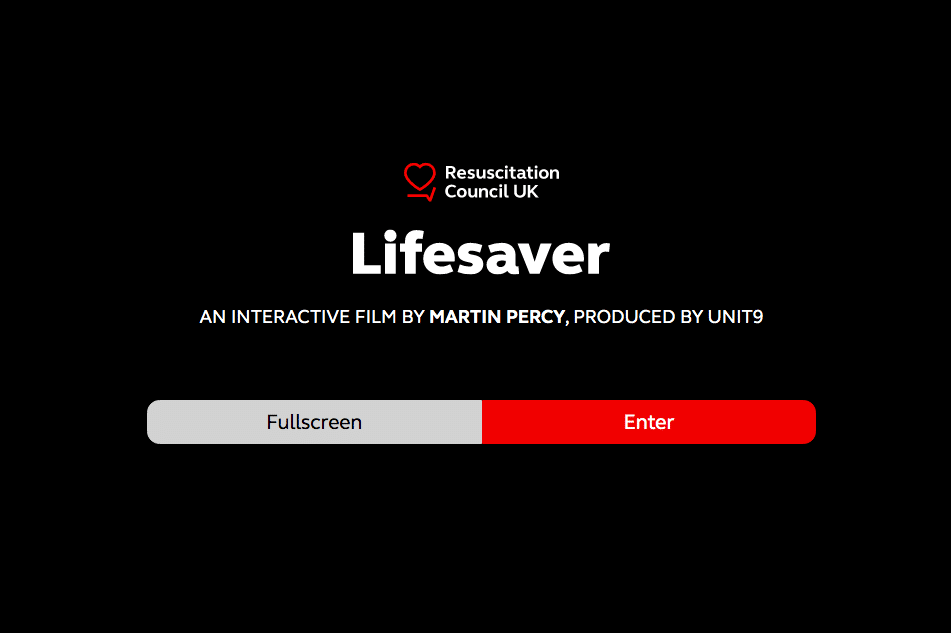Last updated on 10th January 2024
For the third year in a row, learning and development professionals are planning to increase their budget.
This could be down to the fact that millennials – people aged 25-40 – now make up the bulk of the working age population. And, for the millennial generation, training and development at work is important.
According to a report by PwC titled, Millennials at work: Reshaping the workplace:
The particular characteristics of millennials – such as their ambition and desire to keep learning and move quickly upwards through an organisation, as well as their willingness to move on quickly if their expectations are not being met – requires a focused response from employers.
This ‘focused response’ is what we’re going to tackle in this article. What exactly is employee development? What are the benefits? And what tools can help you achieve success?
We’ve answered all of those questions for you so you can find out the importance of training and development at work in 2024, and start equipping your business for success.
What is employee development?
Employee development involves you – the employer – helping your employees to grow in a professional capacity.
Whereas employee training is typically focused on learning particular skills or upskilling your team to improve their job performance, employee development is more all-encompassing.
Employee development refers to continued learning that helps professionals to grow in their chosen career path.
Offering development opportunities means you can not only please your employees and improve your retention rates, but also propel your business towards being a leader in your industry – by keeping up with all of the latest trends and best practices.
This doesn’t mean asking your employees what they want to learn and then throwing money at it – you don’t want to be stuck paying for your I.T. guy’s guitar lessons! – it’s more about aligning employee goals with the goals of the organisation, and meeting somewhere in the middle.
The importance of training and development
According to our 2021 employee training survey, 44% of people feel their employer should invest in more training.
Employees are crying out for more training and development opportunities. And if you don’t offer them then they’ll find a company that does.
Our same survey found that a staggering 89% of people would stay with a company longer if they were offered greater training and development opportunities.
With the cost of hiring and training just one new employee being as high as £3000, it makes sense to instead invest that money in your current employees and keep turnover low.
Training and development is not only important for business success – such as keeping turnover low and helping you solidify your company as an industry leader – it also keeps your employees happy.
Most of us will spend a third of our lives at work. And with one of those thirds also spent sleeping, finding meaning and happiness in the workplace is crucial for adding value to your employees’ lives.
The best tools for training and development
So, you know what employee development is and you know how important training and development is for your business. Now let’s take a look at the best tools for training and development…
1. Video
Video is one of the best tools for employee training and development for many reasons. For starters, people respond better to videos. They’re enjoyable to engage with and also memorable.
In addition to being memorable, videos can be rewatched by your employees as many times as needed. This also makes them incredibly cost-effective for your business, because you pay one time for a resource that you can reuse over and over again.
On top of that, videos offer all of your employees the same consistent experience, unlike traditional classroom training that can have many different variables that factor into inconsistent experiences.
Here’s an example of a training video we created for Nikwax:
The use of animation here is a great way to tell the story, and the video takes the viewer through scenarios that employees can expect to encounter on the job.
According to our 2021 employee training survey, an incredible 90% of people feel that video is an effective tool for employee training.
2. Interactive
Some organisations prefer to teach employees in a classroom environment, and if you’re one of them then we’d recommend that you try and make each session as interactive as possible.
Classroom training can be passive and can also leave some people in the group feeling left out if they haven’t had an opportunity to get involved.
Interactive training involves breaking classroom training up into lots of fun and engaging sessions that include activities like team building exercises, role playing, quizzes, and more.
You could also use training videos here as a way to break up the session and create some talking points.
Interactive training is all about getting your employees involved. This is important when you consider that people only remember 20% of what they read, 10% of what they hear, but 80% of what they see and do.
3. eLearning
eLearning brings interactive training to an online environment, allowing your employees to learn from wherever they are.
This is great for remote teams, and also for busy teams who would prefer to review training materials in their own time.
According to a 2020 LinkedIn report, 57% of learning and development pros expect to spend more on online learning (or eLearning) in the future.
eLearning often involves materials such as online modules, quizzes, and videos. Sometimes interactive videos are also used, for greater engagement.
Interactive videos are perfect for training because they require your employees to take action while watching the video. Here’s an example from Lifesaver.org:

(Click here to watch the video)
This interactive video asks viewers to pay attention and then gives them short periods of time to select the correct answer from a multiple choice menu:

Interactive videos, like this one, and also eLearning materials in general, can give you access to metrics so that you can get a better idea of exactly how your employees are engaging with your training materials.
Benefits of training and development at work
1. Improved employee retention
Don’t underestimate the power of high employee retention rates. Having a strong team that knows each other – and the company culture and processes – extremely well is an invaluable luxury that not many companies can boast.
One company that can boast high employee retention rates is Zappos. Employees love working at Zappos so much that an incredible 80% of the team chose to relocate with the business from California all the way to Las Vegas, for a job that paid $13 per hour.
One of the reasons that employee retention is so high at Zappos could be due to the fact that number 5 on their list of company values is Pursue Growth and Learning.
2. It makes employees happy
We’ve cited several studies in this article that prove employees want to learn. Learning new skills at work helps employees to feel fulfilled and valued.
In addition to this personal level of fulfilment, it can also make employees feel more engaged and invested in the success of the company.
3. Happy employees = happy customers
If you need one more reason to keep your employees happy then here it is: happy employees mean happier customers.
This is a philosophy often attributed to Virgin founder, Richard Branson who says: “If you take care of employees, they will take care of clients.”
And Virgin doesn’t just talk the talk, they walk the walk. Since 2009, the company has dedicated the whole month of June to employee wellbeing.
And overseas the company employs locals to work in their many hotels, offering intensive training that even includes English language lessons.
If a company as successful as Virgin – currently worth over $6 billion – believes this much in the importance of training and development at work, there must be something to it!
4. Increase your profits
So, increasing the happiness of your employees is great but the benefits of training and development can also be more tangible than that.
It’s as simple as this: more skilled workers means more efficiency, which means you can improve your bottom line.
An IBM study found that when teams are well trained there is a 10% increase in productivity.
5. Protect your business
Stripping everything back to basics, when your employees are trained efficiently they’re going to make less mistakes.
Depending on the nature of your business, mistakes made by employees who aren’t sufficiently trained could put your business at risk of legal action, or even put your customers in danger.
Why take the risk?
Final Thoughts
At the very start of this article we said that for the third year in a row, learning and development professionals are planning to increase their budget.
And now, hopefully, you can see why you should be joining them.
We’d love to help you take that first step. We make engaging training videos that can deliver consistent and repeatable results among your team. Click here to find out more.







